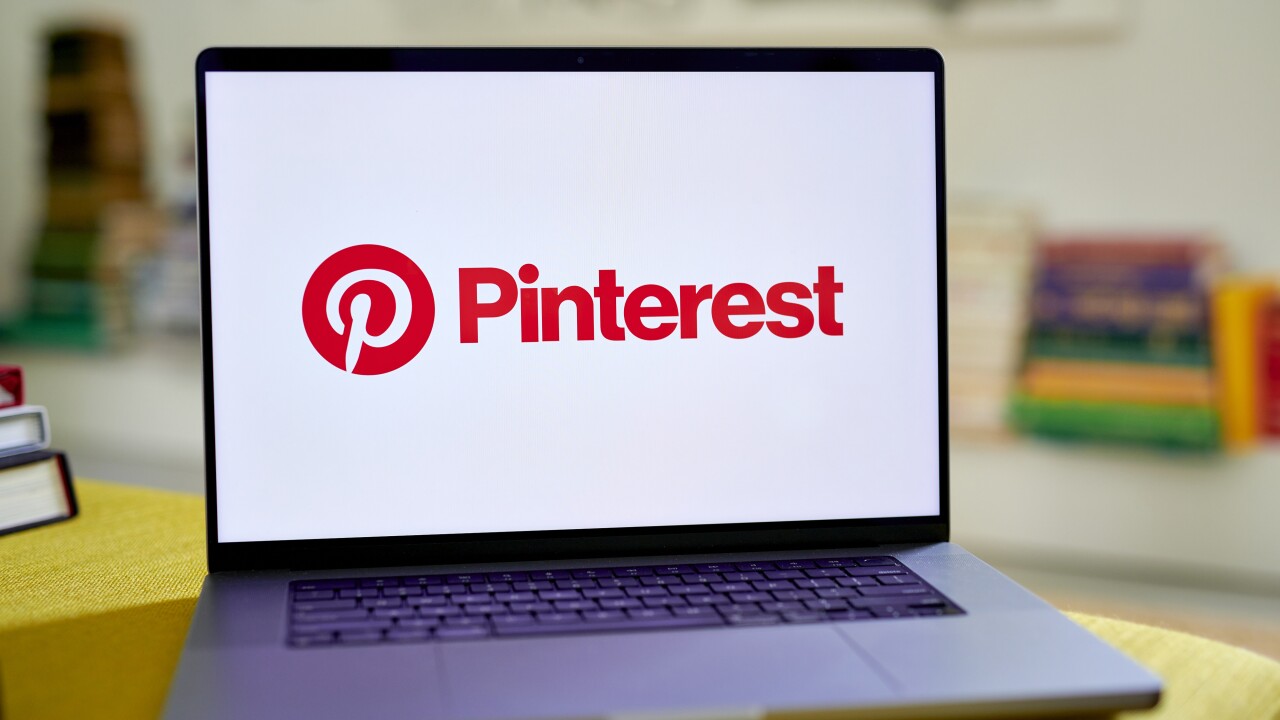Despite how much
According to the KFF (formerly the Kaiser Family Foundation), one in four adults say they have skipped or postponed medical care because of costs. Given that Americans collectively owe at least $220 billion in medical debt, those fears aren't necessarily unwarranted. However, a good health plan should encourage members to use it when they need it. And for health insurance company Centivo, easy access to a primary care provider, or PCP, is key to user-friendly, affordable health plan design.
"We're not going to reinvent the wheel when it comes to something like adjudicating claims, but when it comes to the member experience, that's what we're trying to build up," says Boris Khomut, senior vice president of digital product at Centivo. "We created [a search] engine that can recommend a primary care provider based on members' preferences. With one click, they can schedule an appointment with that [provider] and access referrals from the provider. Those are the kinds of things that we've done to leverage technology to reduce friction that exists in the healthcare system. "
Read more:
When members join a Centivo plan, they choose a doctor to lead their primary care team. From there, the patient knows exactly who to go to when a health problem comes up. Centivo's primary care teams are at the center of the company's plans: Members can easily book and access their virtual primary care appointment on Centivo's app, while the primary care team can guide members to specialty providers in-network.
An established PCP relationship likely means a better relationship with one's health plan and network of providers overall, emphasizes Khomut. Notably, 81% of people who had a recent annual physical visited a PCP they had seen previously, according to a 2024 survey by U.S. News and World Report. Not to mention, if a member needs to see a specialist, PCP referrals can ensure they're seeing the right doctor as quickly as possible — something that Centivo purposely incorporates as part of their health plan design, with the addition of allowing members to access their referrals digitally.
Read more:
"We can manage and coordinate referrals in a way that is a lot easier and streamlined than 20 years ago," says Khomut. "We've built a lot of integrations, which hopefully continue to reinforce that PCP relationship and engage members in the plan."
Khomut warns employers against adding too many health benefit solutions without first assessing their health plan. For example, disease management programs, like ones for diabetes or obesity, could be effective additions for some employers. However, others may find that those benefits make very little difference in overall employee well-being, especially if their health plans are lacking in other ways. If employers want to save money, they need a healthier workforce that catches health problems early on, says Khomut. In his experience, emphasizing the importance of primary care is a better bet.
"Looking back at our data, we see that when our clients' spend on primary care goes up, their spend on specialty care goes down and overall, that leads to significant savings," says Khomut. "We believe if we reinforce engagement with PCPs and build up those relationships, rather than investing in disparate point solutions or disease management programs, that will lead to more value, better outcomes and a better experience for patients in the plan."
Read more:
The user-friendliness of Centivo's plans isn't solely rooted in how its tech centers PCP care. All primary care visits are also free, and as for specialty visits, Centivo ensures copays are obvious. Centivo also does not have deductibles, often another barrier to a member seeking care. If they have to pay thousands of dollars out of their own pockets before getting help from their insurance, then they are not being incentivized to look after their health, notes Khomut.
Ultimately, if employers want to mitigate healthcare costs, they may need to reconsider their health plan designs. If employees can now visit their doctor from their phone or laptop, then there's no reason why booking an appointment, accessing referrals and finding the right provider shouldn't be easy. Khomut is confident that if employers look beyond traditional insurance carriers and plans, they can find plans that save them money and offer a great benefit to their employees.
"The status quo in terms of high deductibles, traditional plans and large carriers are not working; consumerism and healthcare are not working," says Khomut. "Look at alternative solutions."






